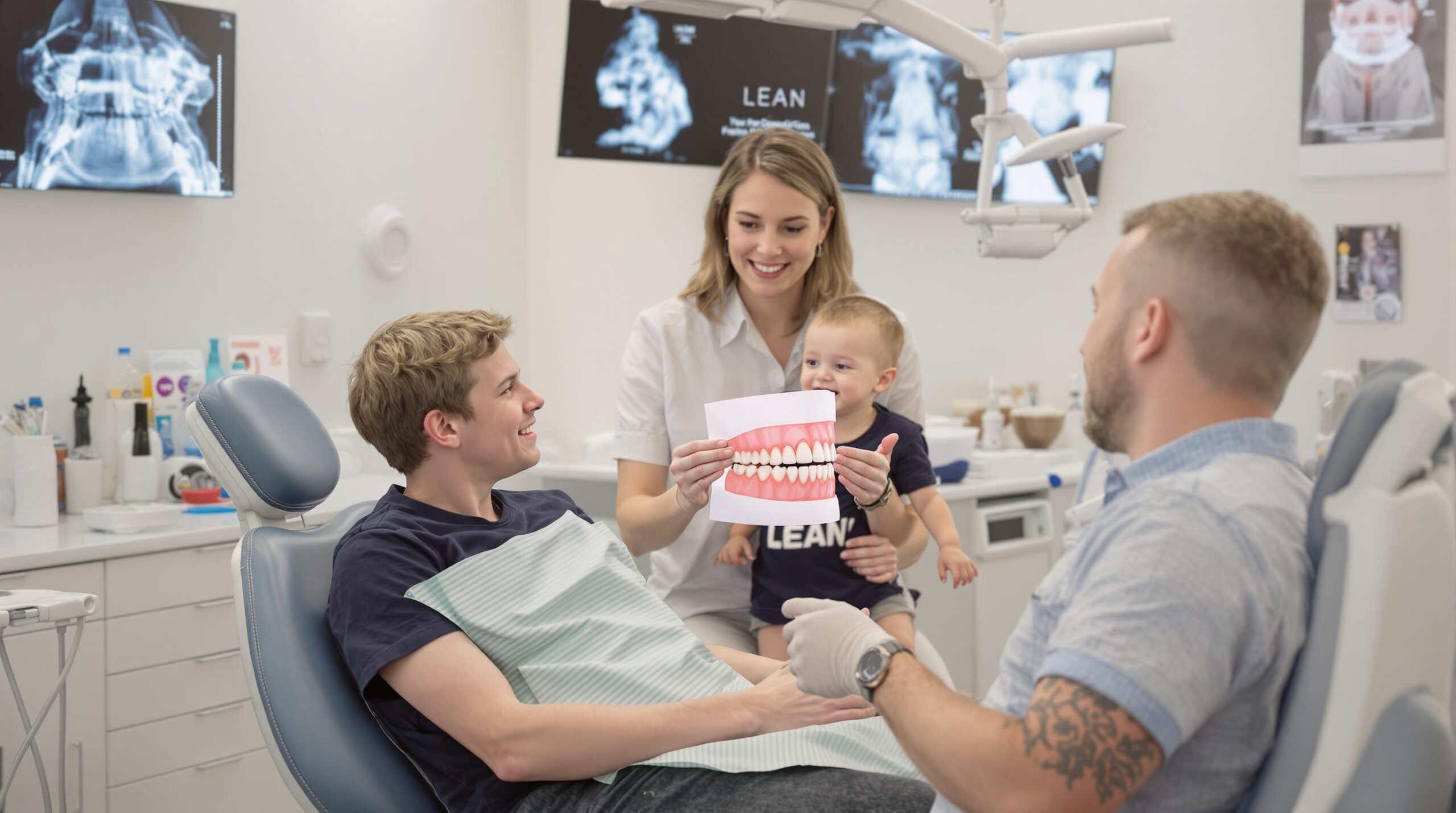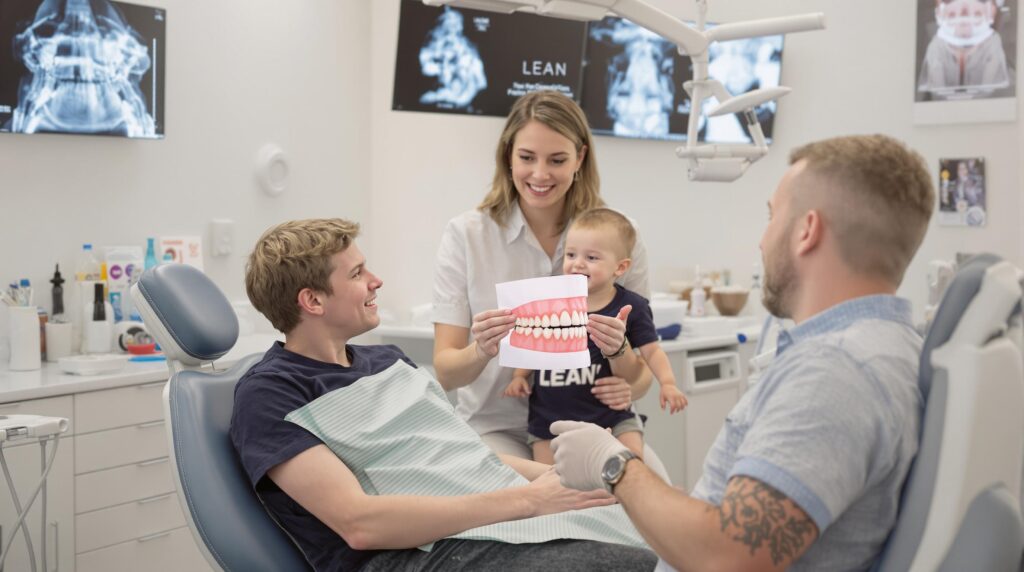
Exploring the Link Between Mouth Breathing and Orthodontic Treatment: A Critical Evaluation
In the field of orthodontics, the topic of mouth breathing has fueled vigorous debate. Clinicians Sanjivan Kandasamy and others have ventured into this contentious area, scrutinizing the implications of mouth breathing in early childhood and its association with unfavorable craniofacial developments, such as mandibular retrognathia and increased vertical facial height (Kandasamy, 2025). Their findings, delivered through an evidence-based lens, question the prevalent assumptions and propose a re-evaluation of treatment protocols.
Mouth breathing, particularly in young children, is often linked with craniofacial abnormalities and conditions such as attention deficit hyperactivity disorder (ADHD) and obstructive sleep apnea (OSA). The study under review challenges these causal relationships. It points to historical misconceptions likely rooted in pioneering studies by Harvold et al. and Linder-Aronson, which suggested that nasal obstruction, by prompting mouth breathing, could profoundly alter facial morphology. These early studies, however, carried significant methodological limitations, including reliance on rhesus monkeys, which are obligate nasal breathers—unlike humans (Kandasamy, 2025).
Design and Methodological Critique
The paper underlines critical flaws in previous investigations. Firstly, the extrapolation of findings from animals to humans, particularly when anatomical and functional respiratory differences exist, seems fundamentally flawed. Moreover, many studies failed to apply rigorous, objective criteria when defining and measuring mouth breathing and its supposed effects on dentofacial growth, often relying on subjective measures.
Statistical analyses within these studies often overstated associations, conflating correlation with causation. Such biases highlight the importance of rigorous, objective measurement tools in current and future research to accurately assess nasal vs. oral airflow and their implications on facial development.
Clinical Implications
From a clinical standpoint, this study emphasizes the complexity behind facial morphological changes, arguing against the over-simplistic view that mouth breathing is a primary cause of craniofacial deformities. The authors advocate for cautious and evidence-based approaches to interventions like myofunctional therapy and maxillary expansion, which aim to rectify breathing patterns and facilitate normal craniofacial development.
Particularly contentious is the role of maxillary expansion in children without crossbites but suspected of experiencing sleep-disordered breathing. The potential for this intervention to inadvertently increase vertical facial height warrants rigorous scrutiny. Clinicians should be wary of applying invasive treatments without substantive evidence of their efficacy.
Moreover, Kandasamy cautions against linking mouth breathing to conditions such as ADHD without concrete evidence. While certain respiratory issues might mimic ADHD symptoms due to fragmented sleep, asserting a direct causative link could lead to inappropriate treatments.
Conclusion
This paper’s discourse serves as a poignant reminder of the importance of grounding orthodontic interventions in robust scientific evidence rather than entrenched myths. As orthodontists, our priority must remain on applying validated approaches to improve patient outcomes while remaining critically aware of the evolving evidence base. It’s clear that navigating the nuances of mouth breathing and its purported impacts requires an unwavering commitment to scientific rigor and patient-centred care.
By maintaining an open dialogue and scrutinizing existing paradigms, we can better serve our patients and uphold the integrity of our practice.
For further reading, see: Kandasamy, S. (2025). “Mouth breathing and orthodontic intervention: Does the evidence support keeping our mouths shut?” American Journal of Orthodontics and Dentofacial Orthopedics. https://doi.org/10.1016/j.ajodo.2025.02.005
References:


